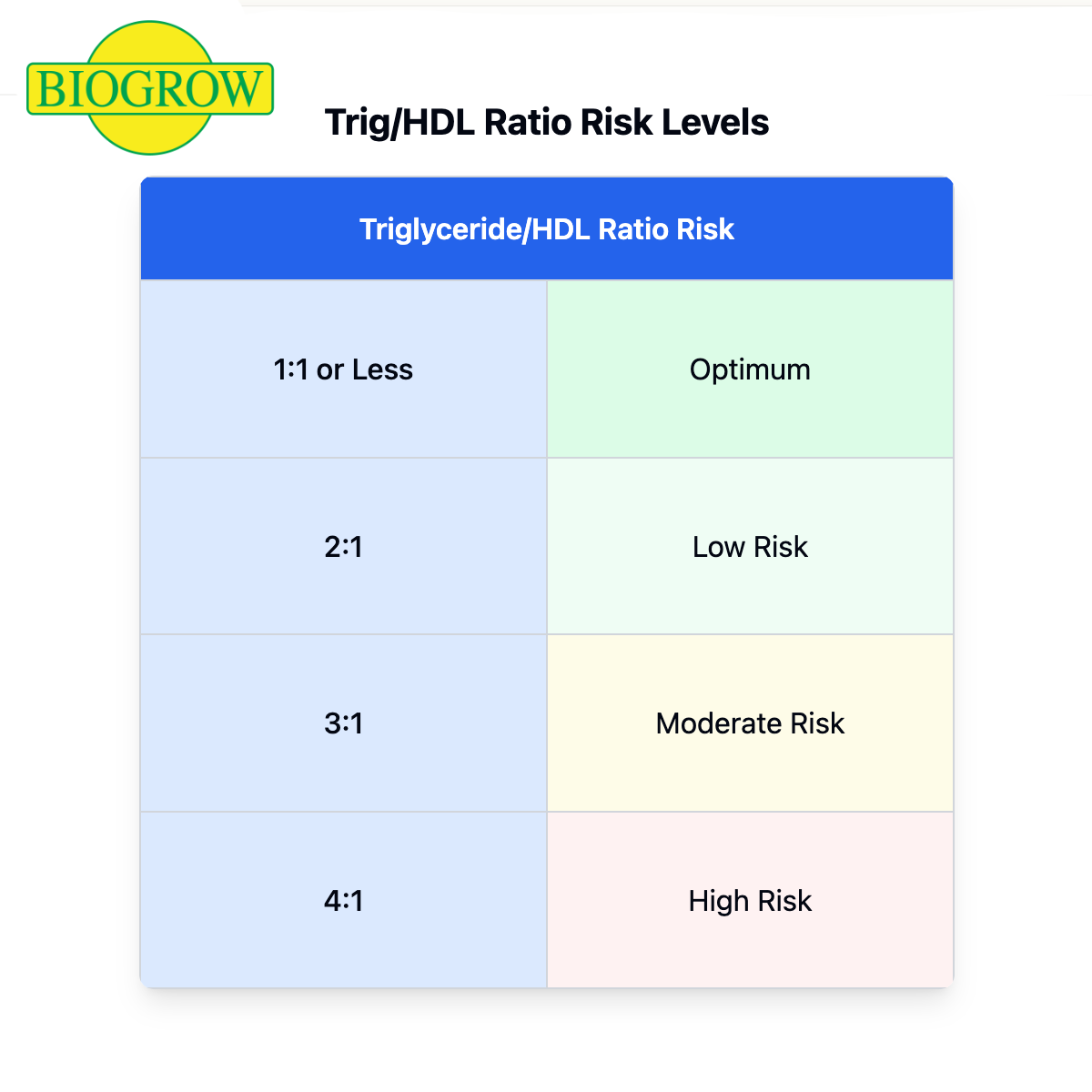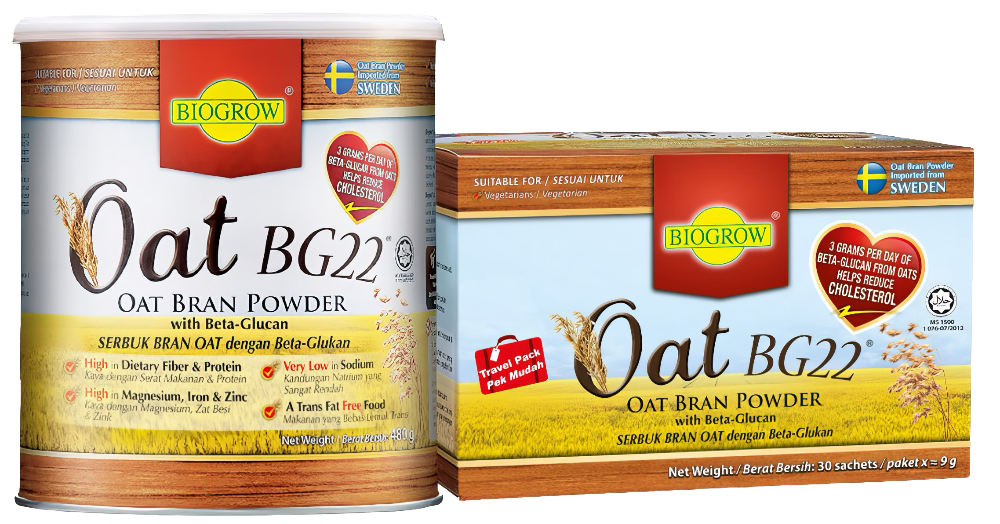
Reader Note: This article summarizes current researches and scientific literatures about Oat Beta Glucan. The information provided is for educational purposes only and represents an overview of published studies. These research findings should not be interpreted as product claims or medical advice. Always consult with qualified healthcare professionals regarding your specific health needs before making any changes to your health regimen.
The triglyceride-to-HDL ratio (TG/HDL-C) indicates insulin sensitivity, could be a key marker of metabolic health. A ratio below 2 is good, under 1.5 is ideal (in mg/dL). Research by Yeh et al. (2019) links this ratio to insulin resistance, which increases diabetes and heart disease risk.
What Is Oat Beta-Glucan?
Oat beta-glucan is a soluble fiber concentrated in oat bran. This gel-like substance helps lower cholesterol and stabilize blood sugar.
How Oat Beta-Glucan Improves Your Triglyceride-to-HDL Ratio
1. Lowers Triglycerides
- Slows carbohydrate digestion, reducing post-meal blood sugar and insulin spikes
- Less insulin means decreased liver triglyceride production
- Evidence: Research shows 3+ grams daily reduces triglycerides by 5-10 mg/dL (Whitehead et al., 2014)
2. Supports HDL Cholesterol
- Primary function is reducing LDL by binding bile acids
- May moderately increase HDL levels
- Evidence: FDA supports 3g/day for cholesterol reduction; studies show 2-5 mg/dL HDL increases in overweight adults (Maki et al., 2011)
3. Enhances Insulin Sensitivity
- Slows glucose absorption, reducing insulin demand
- Evidence: 3g/day improved insulin sensitivity in type 2 diabetics after 12 weeks (Liatis et al., 2012)
Practical Tips: Adding Oat Beta-Glucan to Your Day

So, how much oat beta-glucan do you need? Just 3g or more daily is what you need for real benefits. A scoop of a product like Oat BG22 delivers 3 grams—perfect for stirring into smoothies, yogurt, or oatmeal. It’s an easy way to work this fiber into your routine. Pair it with a balanced diet, and you’re on track to improve that TG/HDL-C ratio toward <2 or even <1.5.
The Bottom Line: A Natural Boost for Metabolic Health
Oat beta-glucan has many clinical studies. By lowering triglycerides, slightly raising HDL, and improving insulin sensitivity, it helps improve your triglyceride-to-HDL ratio into a healthier range.
